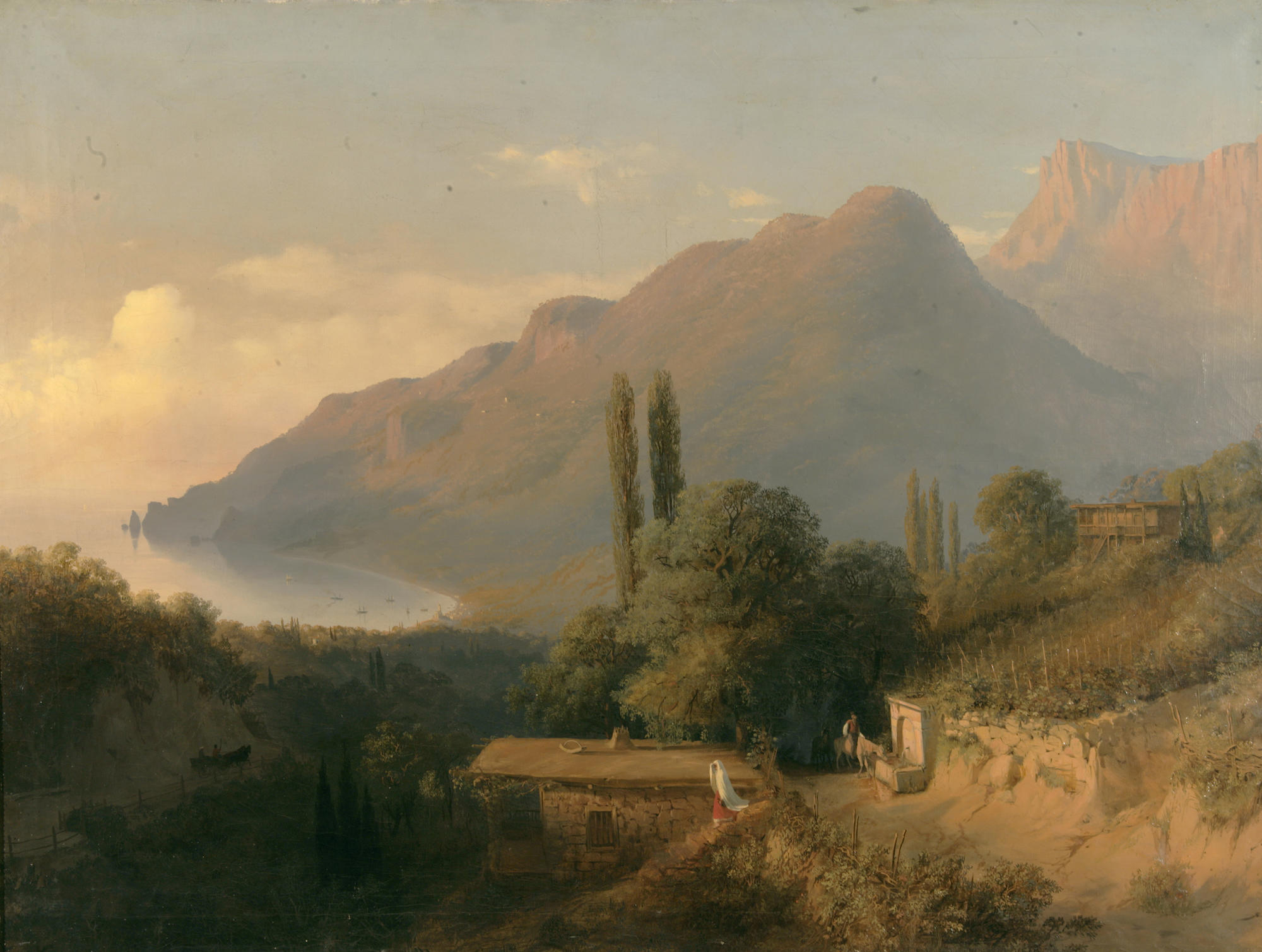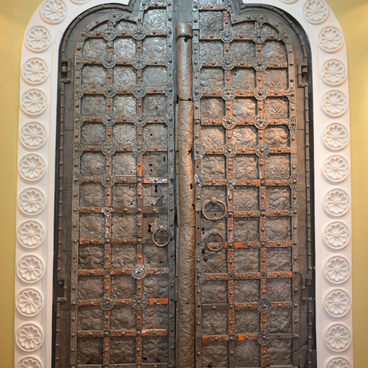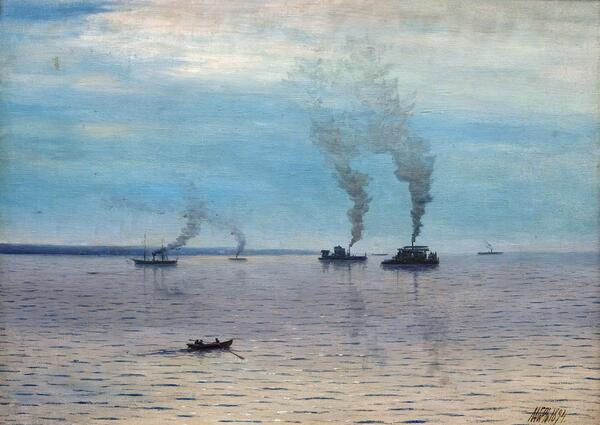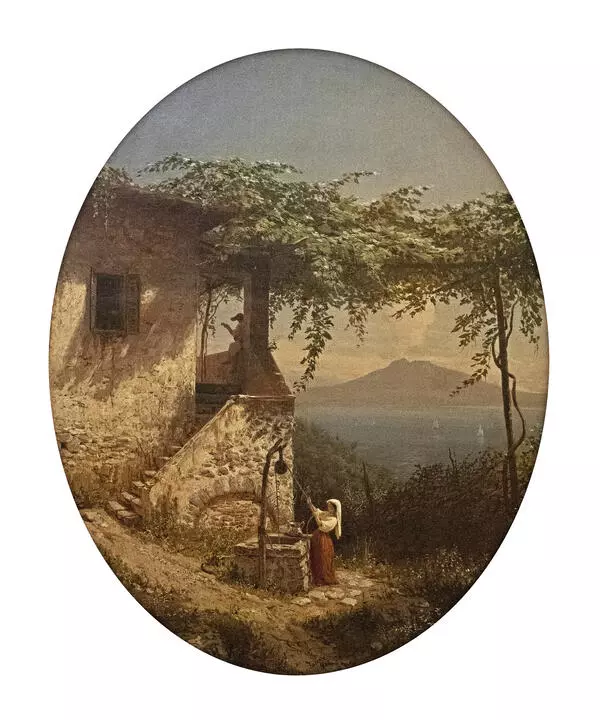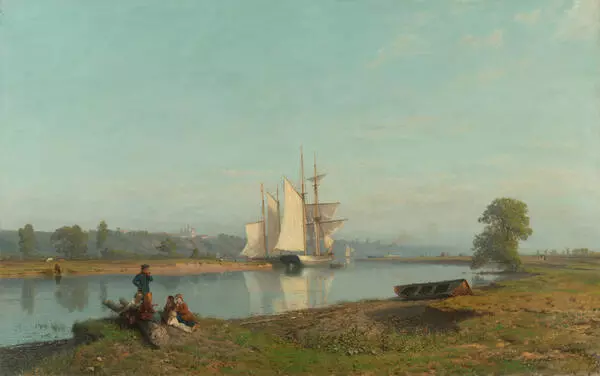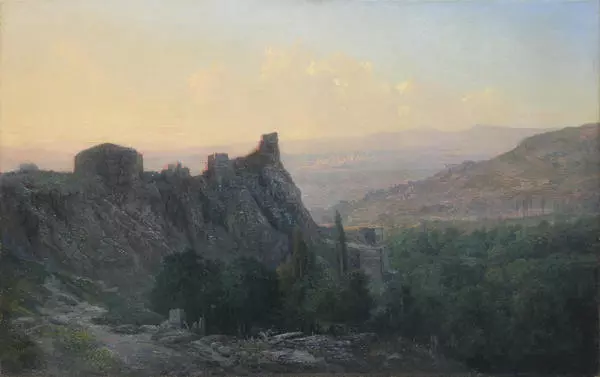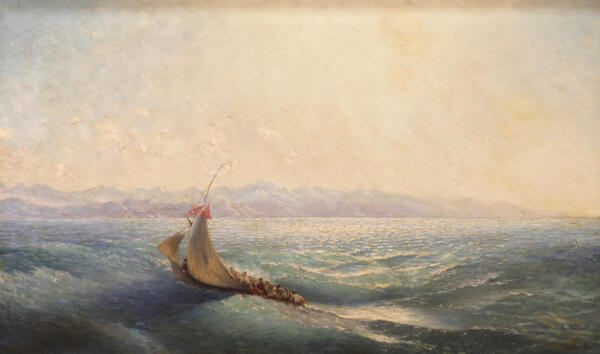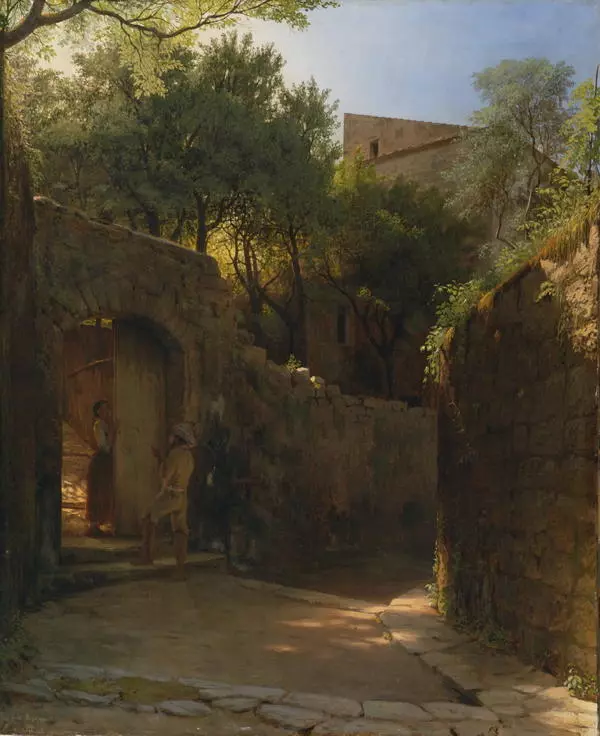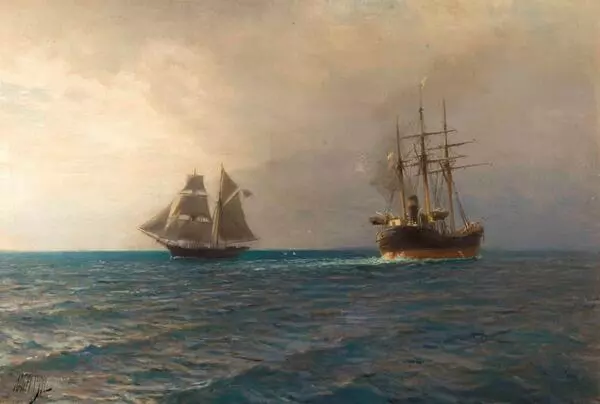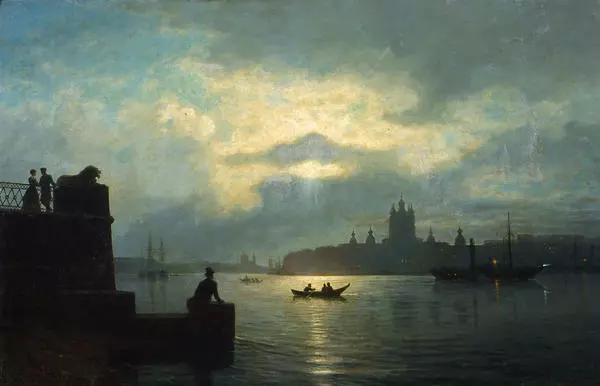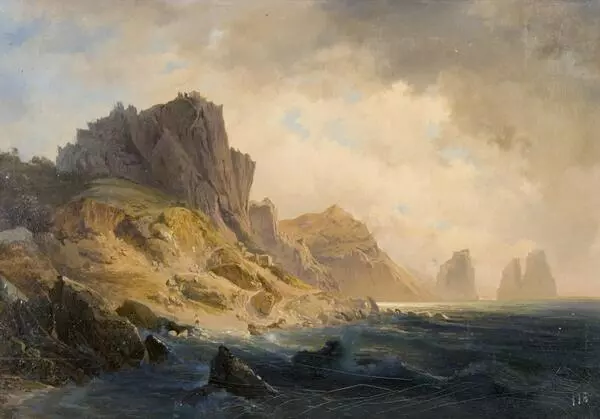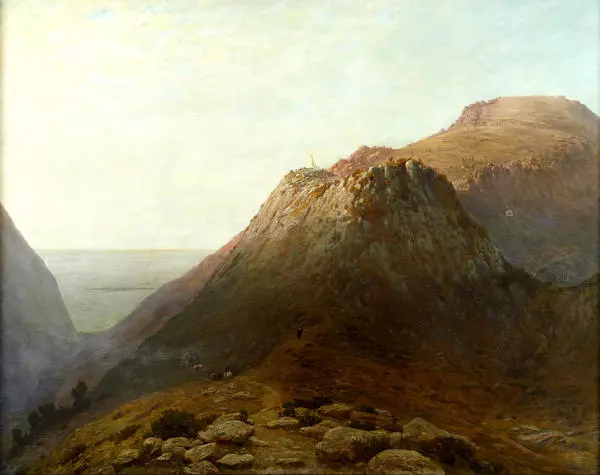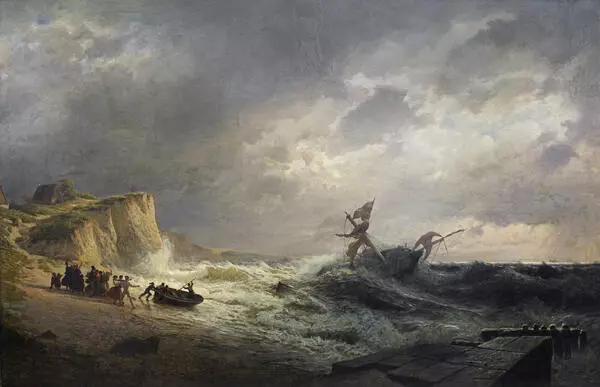Lev Lagorio, the first student and apprentice of Ivan Aivazovsky, was a famous Russian seascape painter. His life and creative work were inseparably connected with the Crimea.
The artist was born in Feodosia in the family of merchant Felix Lagorio, the Vice Consul of the Two Sicilies. He studied painting in Aivazovsky’s studio in Feodosia and in 1842 supported by Tauric Governor Alexander Kaznacheyev entered the Imperial Academy of Arts in St.-Petersburg. Ten years later, after graduation from the Academy Lagorio received the Russian citizenship and went on a trip to Europe that lasted about seven years.
The geography of the artist’s travel was quite extensive: he visited the Finnish Gulf coast, Caucasus, France, Italy. However, the researchers of his art note that the paintings Lagorio created in the Crimea were especially remarkable for their fresh palette.
Since 1870s, the Crimean theme became the leading one in the artist’s painting. In the last third of the 19th century, the coast of Crimea replaced the far away Italy for many Russian artists. Lagorio owned an art studio in Sudak where he came every summer.
Lagorio’s painting Crimean Landscape was transferred to the Astrakhan Art Gallery in 1927 from Rumyantsev Museum. Earlier it was in the private collection of the merchant, publisher and book collector Kuzma Soldatenkov — the owner of the first private collection of Russian paintings in Moscow. Masterpieces acquired by Soldatenkov at different times included Bathsheba by Karl Bryullov, Tea Party at Mytishchi by Vasily Perov, Spring. High Waters by Isaac Levitan and others.
The landscape portrays the view of Crimean mountains and the sea. In the foreground, the artist painted a small village, its residents, huts and a water source. The foreground and the background contrast each other, resembling classical Italian paintings. Lagorio combined the traditional composition of academic landscape and elaborate details characteristic of the realist school. Unusual light effects attach a romantic note to the landscape.
The artist was born in Feodosia in the family of merchant Felix Lagorio, the Vice Consul of the Two Sicilies. He studied painting in Aivazovsky’s studio in Feodosia and in 1842 supported by Tauric Governor Alexander Kaznacheyev entered the Imperial Academy of Arts in St.-Petersburg. Ten years later, after graduation from the Academy Lagorio received the Russian citizenship and went on a trip to Europe that lasted about seven years.
The geography of the artist’s travel was quite extensive: he visited the Finnish Gulf coast, Caucasus, France, Italy. However, the researchers of his art note that the paintings Lagorio created in the Crimea were especially remarkable for their fresh palette.
Since 1870s, the Crimean theme became the leading one in the artist’s painting. In the last third of the 19th century, the coast of Crimea replaced the far away Italy for many Russian artists. Lagorio owned an art studio in Sudak where he came every summer.
Lagorio’s painting Crimean Landscape was transferred to the Astrakhan Art Gallery in 1927 from Rumyantsev Museum. Earlier it was in the private collection of the merchant, publisher and book collector Kuzma Soldatenkov — the owner of the first private collection of Russian paintings in Moscow. Masterpieces acquired by Soldatenkov at different times included Bathsheba by Karl Bryullov, Tea Party at Mytishchi by Vasily Perov, Spring. High Waters by Isaac Levitan and others.
The landscape portrays the view of Crimean mountains and the sea. In the foreground, the artist painted a small village, its residents, huts and a water source. The foreground and the background contrast each other, resembling classical Italian paintings. Lagorio combined the traditional composition of academic landscape and elaborate details characteristic of the realist school. Unusual light effects attach a romantic note to the landscape.
